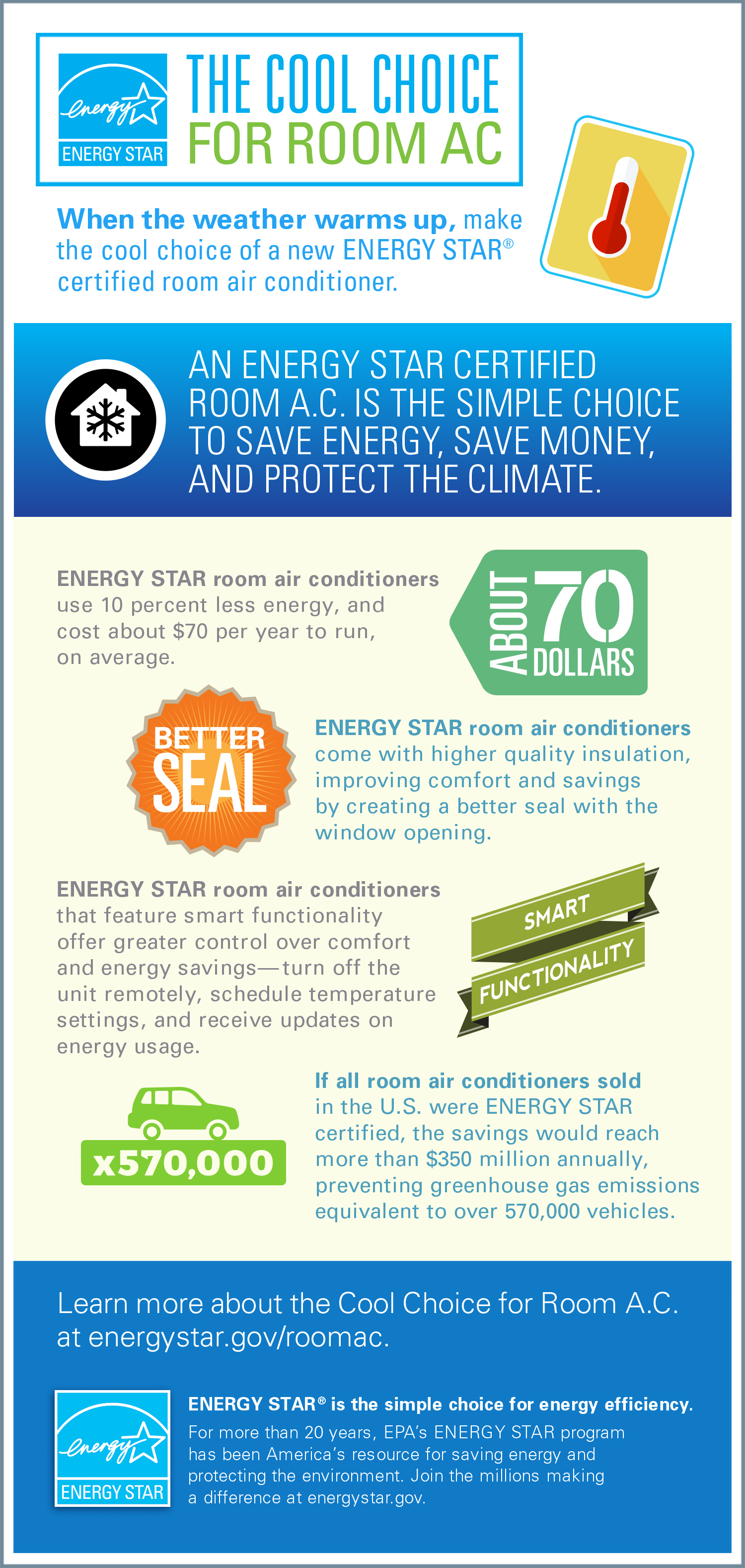The Future Of Home Home Heating - Just How Heatpump Innovation Is Evolving
The Future Of Home Home Heating - Just How Heatpump Innovation Is Evolving
Blog Article
Web Content Create By-Merritt Dominguez
Heatpump will certainly be a crucial innovation for decarbonising heating. In a circumstance consistent with federal governments' introduced power and environment dedications, their worldwide ability doubles by 2030, while their share in home heating rises to one-quarter.
They work best in well-insulated homes and rely upon electrical power, which can be supplied from a renewable power grid. Technological breakthroughs are making them more effective, smarter and more affordable.
Gas Cells
Heatpump utilize a compressor, refrigerant, coils and followers to move the air and warm in homes and home appliances. ac unit can be powered by solar energy or electricity from the grid. They have been acquiring popularity as a result of their affordable, peaceful procedure and the capability to generate electricity throughout peak power demand.
Some companies, like IdaTech and BG MicroGen, are working with fuel cells for home heating. These microgenerators can change a gas boiler and create a few of a house's electrical requirements with a connection to the power grid for the rest.
Yet there are factors to be hesitant of using hydrogen for home heating, Rosenow states. It would certainly be costly and inefficient compared to other innovations, and it would certainly add to carbon discharges.
https://www.cbsnews.com/pittsburgh/news/keep-your-thermostat-up-high-to-save-money-this-week/ and Connected Technologies
Smart home innovation allows homeowners to attach and control their gadgets from another location with using smart device apps. As an example, smart thermostats can discover your heating choices and immediately adjust to optimize power consumption. Smart lights systems can be controlled with voice commands and immediately shut off lights when you leave the room, lowering power waste. And clever plugs can monitor and handle your electrical usage, enabling you to determine and limit energy-hungry appliances.
The tech-savvy home portrayed in Carina's meeting is a great illustration of exactly how owners reconfigure area heating techniques in the light of new wise home modern technologies. They depend on the gadgets' automated features to execute daily modifications and regard them as a hassle-free methods of conducting their heating practices. Because of this, they see no reason to adapt their methods further in order to enable adaptability in their home energy demand, and treatments aiming at doing so might face resistance from these houses.
Electricity
Since heating homes make up 13% of US exhausts, a button to cleaner choices could make a large difference. But the technology faces challenges: It's costly and calls for substantial home remodellings. And it's not always suitable with renewable resource sources, such as solar and wind.
Up until lately, electrical heatpump were too expensive to compete with gas versions in many markets. However brand-new developments in design and materials are making them more affordable. And better chilly climate performance is allowing them to function well also in subzero temperature levels.
The next step in decarbonising home heating may be the use of heat networks, which attract heat from a main resource, such as a close-by river or sea inlet, and disperse it to a network of homes or buildings. That would lower carbon discharges and enable families to take advantage of renewable energy, such as green electricity from a grid provided by renewables. This choice would certainly be much less pricey than changing to hydrogen, a nonrenewable fuel source that needs brand-new facilities and would only lower carbon dioxide discharges by 5 percent if paired with enhanced home insulation.
Renewable Energy
As power rates drop, we're beginning to see the very same pattern in home heating that has driven electric cars right into the mainstream-- but at an also quicker pace. The strong environment instance for impressive homes has actually been pressed even more by brand-new study.
Renewables make up a considerable share of contemporary warm consumption, yet have actually been provided limited policy attention globally compared to various other end-use fields-- and even much less attention than electrical power has. Partially, this mirrors a mix of customer inertia, split incentives and, in lots of nations, subsidies for fossil fuels.
New modern technologies can make the change simpler. For instance, heatpump can be made extra power reliable by changing old R-22 cooling agents with new ones that do not have the high GWPs of their precursors. Some experts also visualize district systems that draw warmth from a close-by river or sea inlet, like a Norwegian fjord. The cozy water can then be utilized for heating & cooling in a community.